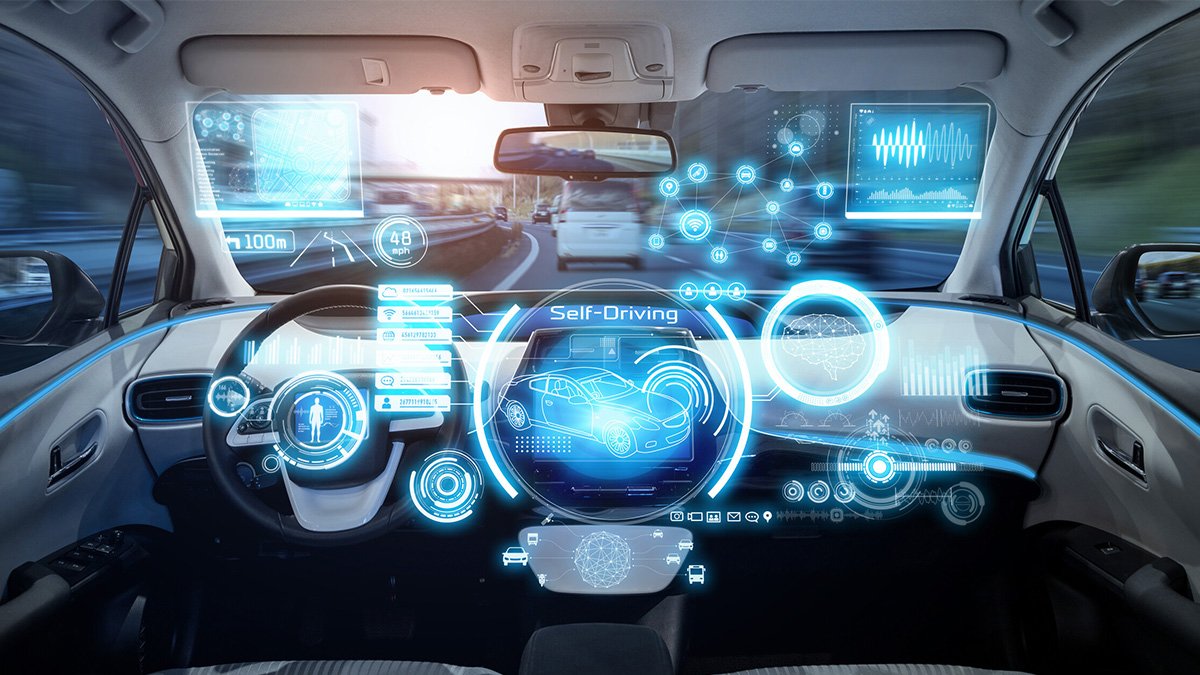In recent years, the rise of electric vehicles (EVs) has been nothing short of phenomenal. As more individuals become conscious of their carbon footprint, the need for EV awareness campaigns has surged. These campaigns play a crucial role in educating the public about the benefits of electric mobility and encouraging sustainable choices. With the global push towards cleaner energy sources, understanding the nuances of these campaigns becomes imperative for a greener tomorrow.

Why Are EV Awareness Campaigns Essential?
EV awareness campaigns are designed to inform and inspire. A key purpose is to bridge the knowledge gap between potential EV users and the available technology. With increasing emphasis on sustainable living, these campaigns are pivotal in driving the adoption of electric vehicles. They emphasize the environmental and economic benefits of EVs, such as reduced emissions and lower operational costs.
The Role of EV Awareness Campaigns in Reducing Carbon Footprint
One of the most significant benefits of EVs is their potential to minimize carbon emissions. To spread awareness, campaigns often highlight how choosing an electric vehicle can make a tangible difference in reducing one’s carbon footprint. By comparing the emissions of traditional fuel-powered cars to EVs, these campaigns make a compelling case for sustainable transportation solutions.
How Do EV Awareness Campaigns Influence Consumer Behavior?
Consumer behavior plays a vital role in the success of electric vehicles. Through targeted campaigns, consumers are educated about the long-term cost savings and environmental benefits of using EVs. Such efforts often result in increased curiosity and adoption of these vehicles, as evidenced by growing EV sales projections for 2030.
Engaging Storytelling in Campaigns
One effective strategy employed by EV awareness campaigns is storytelling. By sharing real-life stories of EV users, these campaigns paint a relatable and tangible picture of the benefits of electric vehicles. Such narratives capture the emotional and practical aspects of owning an EV, making the choice more compelling for potential buyers.
Interactive Workshops and Seminars
Interactive workshops and seminars are a staple of EV awareness campaigns. These hands-on experiences provide potential users with an opportunity to learn about the technology, understand the benefits, and address any misconceptions. Participants are often encouraged to take test drives, fostering first-hand experience with electric vehicles.
Strategies for Successful EV Awareness Campaigns
Partnering with Influencers
In today’s digital age, influencers play a crucial role in shaping public perception. By collaborating with influencers, EV awareness campaigns can reach a wider and more diverse audience. Influencers often share personal experiences and reviews, enhancing the credibility and relatability of the campaign message.
Utilizing Social Media Platforms
Social media platforms have become a powerful tool in disseminating information. Campaigns that leverage platforms like Facebook, Instagram, and Twitter can engage with audiences in real-time. Through hashtags, live Q&A sessions, and engaging content, they maintain a continuous dialogue with potential EV users.
Local Community Initiatives
Local initiatives are effective in creating a sense of community and shared responsibility. By organizing local events, test drives, and exhibitions, campaigns can foster a grassroots movement toward sustainable transportation. Collaborating with local businesses and government bodies can further enhance the reach and impact of these initiatives.
The Role of Governments and Corporations in EV Awareness
Governments and corporations are key stakeholders in promoting electric vehicles. Their involvement can significantly amplify the impact of EV awareness campaigns. Incentives such as tax benefits, subsidies, and infrastructure development are crucial in persuading individuals to transition from traditional vehicles to electric ones.
Government Incentives and Policies
Government policies play a pivotal role in shaping consumer behavior. By introducing incentives for EV buyers, such as purchase rebates and tax credits, governments can make electric vehicles more affordable and appealing. Additionally, government investments in charging infrastructure enhance convenience for EV users.
Corporate Responsibility and Initiatives
Corporations can take a proactive role by incorporating sustainable practices and promoting electric vehicles within their fleets. By doing so, they not only reduce their carbon footprint but also set an example for consumers to follow. Campaigns that highlight corporate responsibility can elevate brand image and inspire change among other businesses.
The Future of EV Awareness Campaigns
As the demand for electric vehicles continues to rise, the nature of EV awareness campaigns will evolve. New and innovative strategies will emerge to educate and engage potential users. With advancements in battery technology and infrastructure, campaigns will continue to highlight the evolving benefits of electric mobility.
Conclusion
EV awareness campaigns are vital for promoting sustainable transportation. By educating the public, these campaigns contribute significantly to the global effort of reducing carbon emissions. As more people embrace electric vehicles, the future looks promising for cleaner and more efficient transportation solutions. To explore more about electric vehicles, you can check this Wikipedia page .

FAQ Section
What is the main goal of EV awareness campaigns?
The main goal is to educate the public about the benefits of electric vehicles, promote sustainable transportation, and encourage the adoption of EVs.
How do EV awareness campaigns benefit the environment?
These campaigns help reduce carbon emissions by promoting the use of electric vehicles over traditional fuel-powered cars, which ultimately contributes to a cleaner and greener environment.
What role do governments play in EV awareness campaigns?
Governments play a crucial role through incentives, subsidies, and policies that make EVs more affordable and attractive to consumers. They also invest in infrastructure to support the widespread adoption of electric vehicles.





